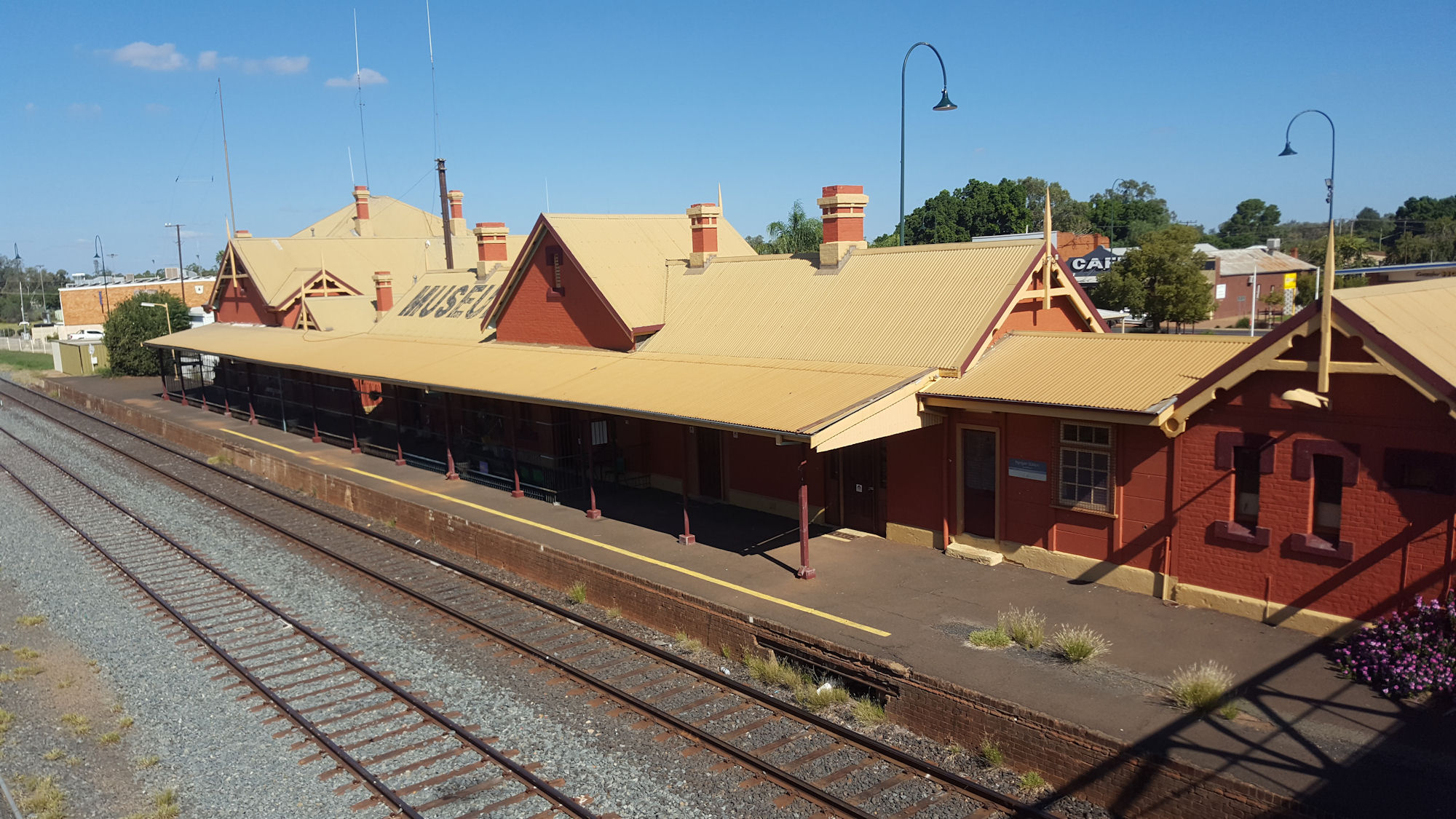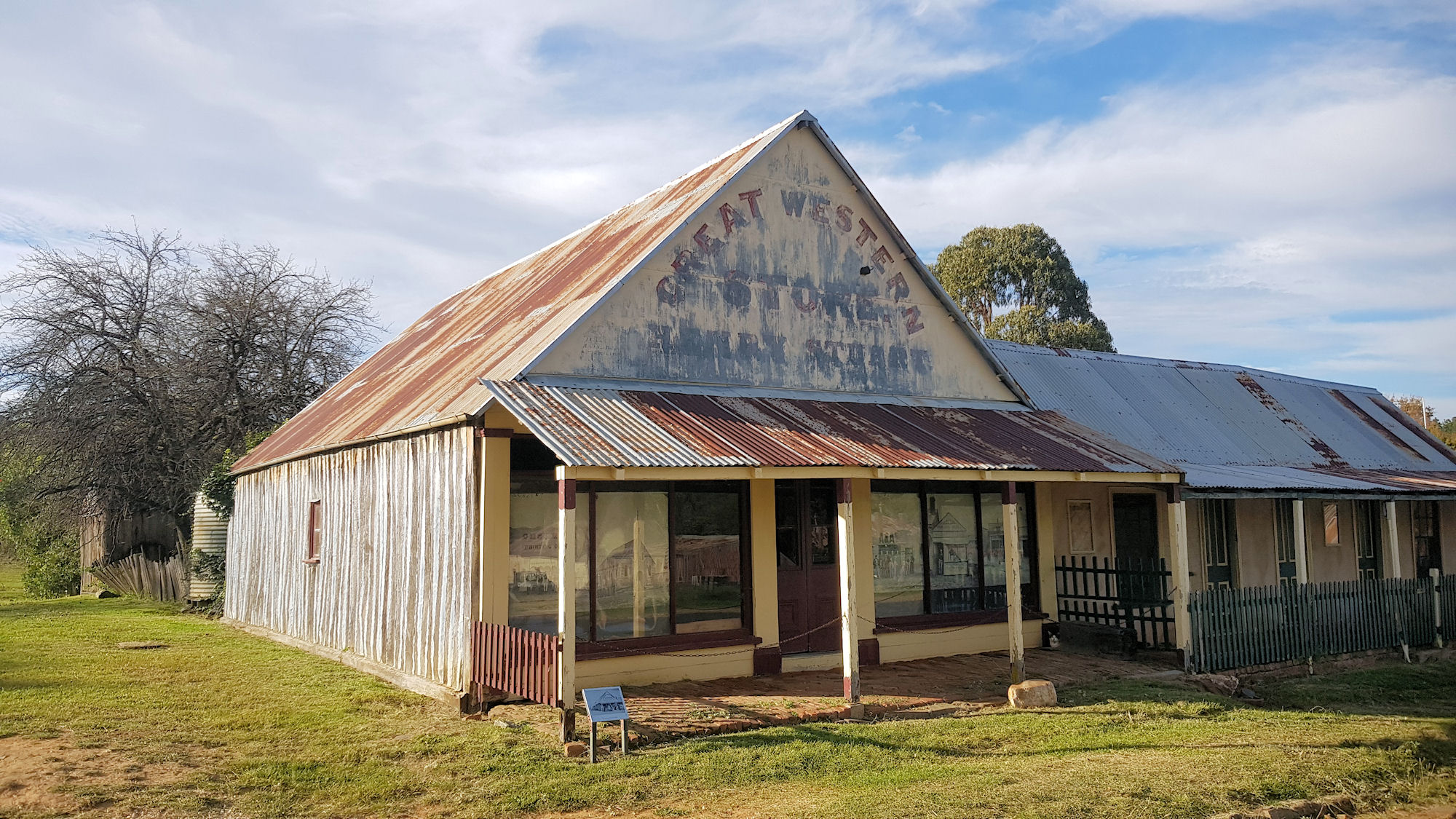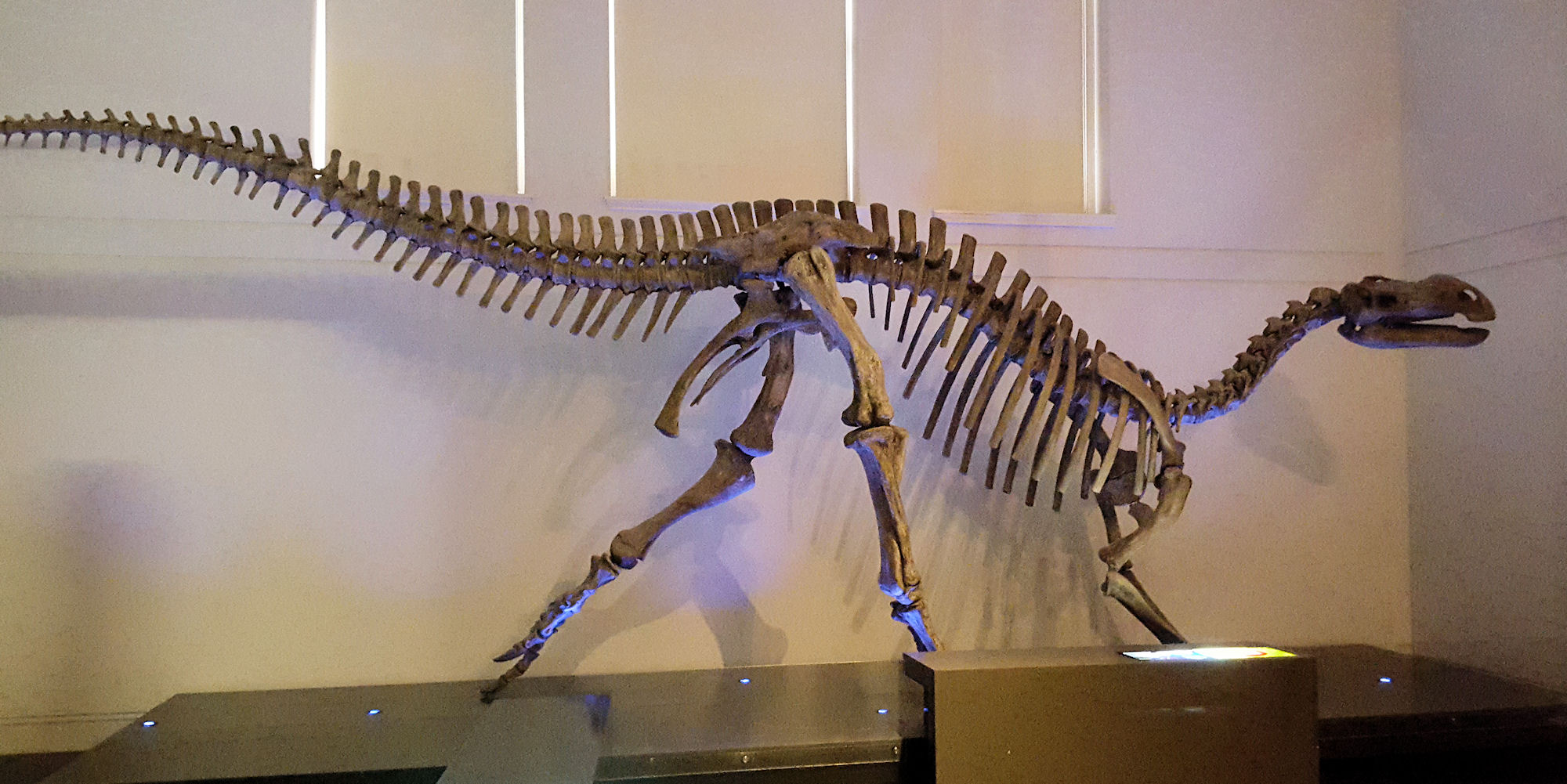Tag: museum
-
Nyngan and the Big Bogan

Nyngan Located in the Orana Region of central New South Wales, Nyngan is the home of the Big Bogan, a helicopter memorial and several interesting museums. This was our second stop on a road trip out west and our first overnight stop. Like many outback towns. there is a nice sign welcoming you to town,… Read more
-
Hill End Historical Gold Mining Town

Hill End A gold rush in the 1870s turned Hill End from a small rural village into one of the largest inland towns in New South Wales. When the boom finished, the town reverted back to a small village, however unlike other boom / bust towns many of the historic buildings remain. Now heritage listed,… Read more
-
Australian Museum Sydney

Australian Museum Located near Hyde Park in the centre of Sydney, the Australian Museum is a wonderful place to spend a few hours wandering around the amazing displays. Designed by colonial architect Mortimer Lewis, the current building opening in 1857, although the museum’s collection dates back to 1827. An extensive refurbishment in 2021 has resulted… Read more